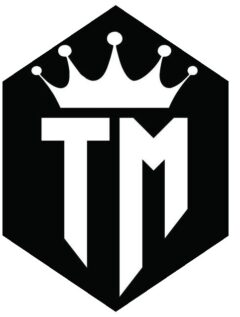The expanded accounting equation under IFRS is as follows: a Assets = Liabilities + Owner’s Capital + Owner’s Drawings + Revenues Expenses b Assets + Liabilities = Owner’s Capital + Owner’s Drawings + Revenues Expenses. c Assets = Liabilities +
Content
Because if any asset increases the other asset will be decreased or the increase in liability occurs. In the same way, an increase in a liability leads to a decrease in another liability. Assets are the company’s resources that have a future benefit. They are calculated by combining all current assets with all non-current assets. Which of the following accounts will be closed by debiting the income summary account? Rather than just read about the expanded accounting equation, practice the expanded accounting equation in a hands-on accounting simulation.
For instance, such as increases due to revenues and expenses causing a reduction. The equation is also important as it helps accountants accurately determine the effect of a specific transaction with owners. This method also saves time and amendments can be made with ease.
Private Equity
For a more specific breakdown of the components of equity, use the expanded equation instead. The accounting equation is the first concept you need to master to build on this skill set. Per the image below, the accounting equation states that the value of a company’s assets is equal to the sum of the company’s liabilities and equity. The accounting equation is the horizontal form of expressing the double-entry system. Under this equation, all the assets are shown on the left side of the equation, and the liabilities and assets are shown on the right side of the equation. The sum of all assets equals the sum of all liabilities and capital. It is imperative to note that in all business aspects, only the components of owner’s equity are changing, while there is no change in the assets and liabilities of any business framework.
What is the expanded accounting equation?
The expanded accounting equation is the formula used to calculate the assets, liabilities and owner’s equity for a particular time period. The equation is also used to identify the impact on the owner’s equity in detail.
These equity relationships are conveyed by expanding the accounting equation to include debits and credits in double-entry form. The expanded accounting equation allows you to see separately the impact on equity from net income , and the effect of transactions with owners . Common examples of assets include cash, accounts receivable, machinery, land, and prepaid expenses. The basic accounting equation is used to provide a simple calculation of a company’s value, based on a comparison of equity and liabilities.
Definition: Expanded Accounting Equation
It can be especially useful to analyze how a firm uses its profits. In general, the major benefit of utilizing the expanded version of the http://www.embjapan.ru/education1.phtml&print=ok equation is the additional clarity on the equity portion of the balance sheet over time. After all, we can say that the above-listed transactions prove the accuracy of the extended accounting equation formula.
What are the 3 formulas of accounting equation?
- Assets = Liabilities + Owner's Capital – Owner's Drawings + Revenues – Expenses.
- Owner's equity = Assets – Liabilities.
- Net Worth = Assets – Liabilities.
The http://pravauto.com/obsshaya/avtosalon-micubishi.php equation is further extended mainly through the equity point of view. The equity is split into owner’s capital, owner’s withdrawal, revenue, and expenses. The accounting equation, assets equals the combined value of liabilities and equity, is the foundation of accounting and double entry system. The equation signifies that all assets are financed either by borrowing funds or with shareholders invested capital. The general form of accounting equation is mentioned below. The expanded accounting equation should be used when comparing the company’s assets with greater clarity and understanding.
